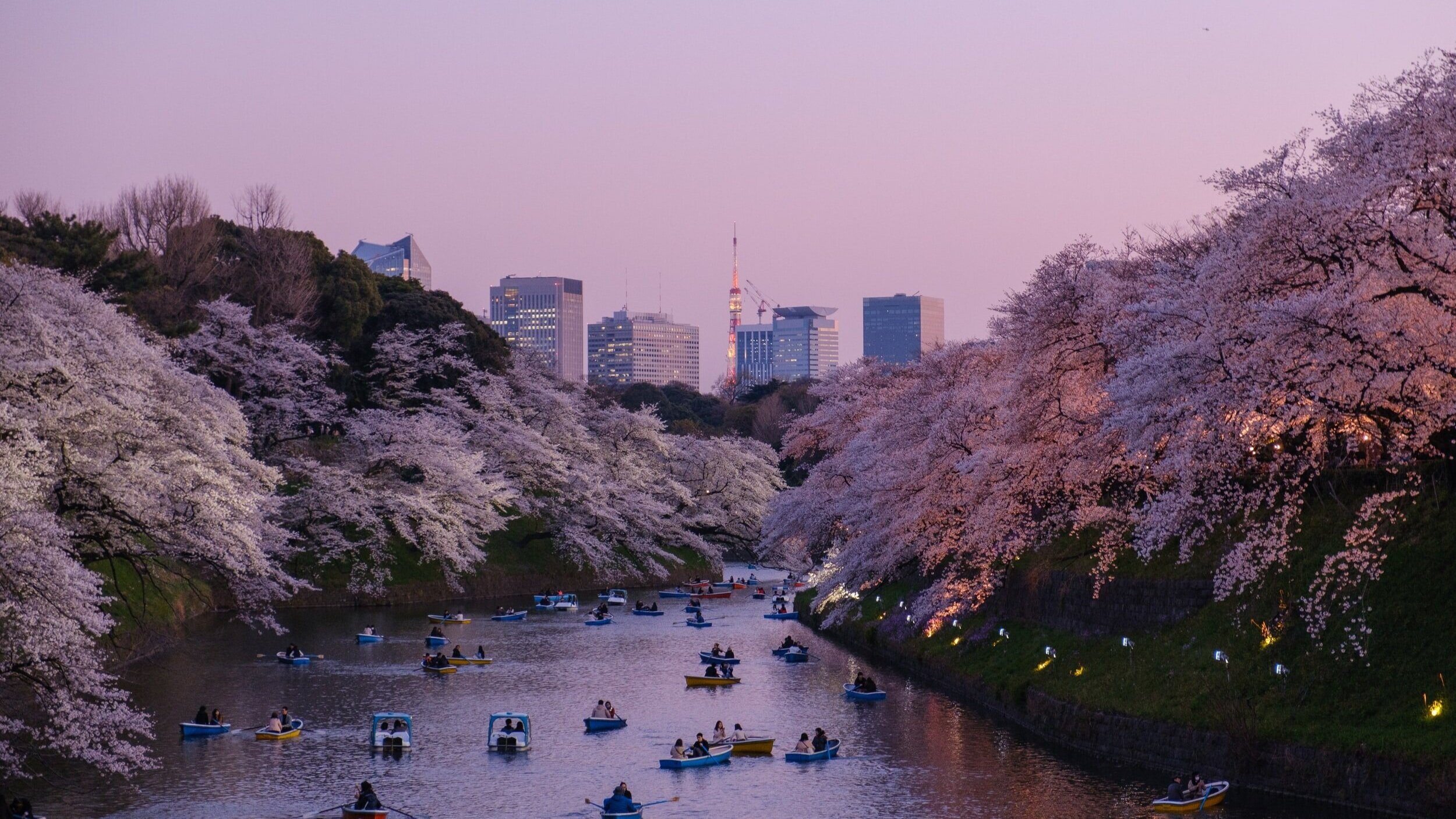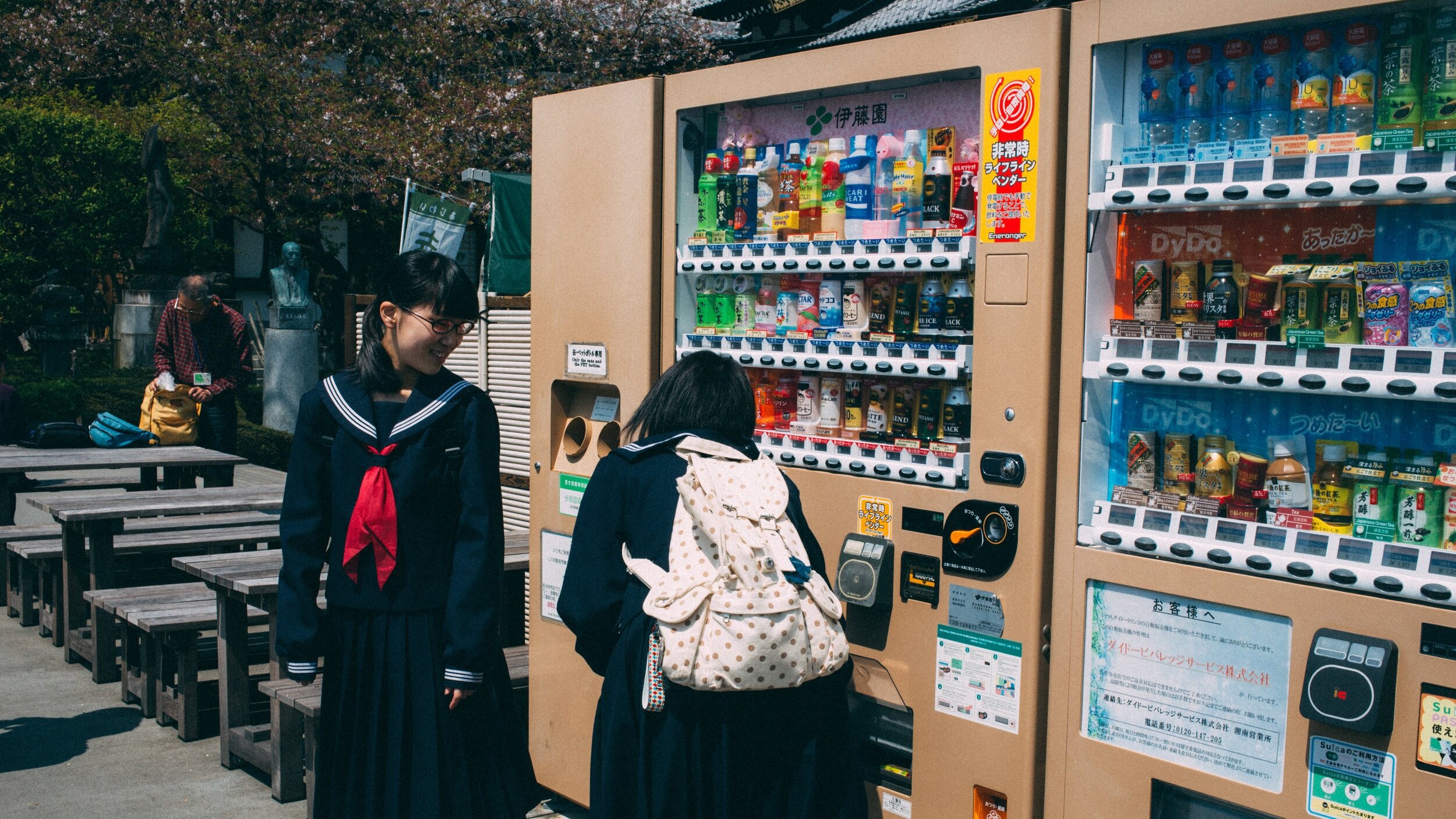Travel Essentials: Japan Edition
Traveling overseas can be super stressful so hopefully these quick tips can help you! What you need to bring to one place would be deemed unnecessary for another. Jot down these essential tips for your next trip.
Hygiene Products
When I first landed in Japan it shocked me how I saw the lack of hand soap, paper towels, and trash cans in public restrooms. If you’re unprepared for this, you’ll find yourself just washing your hands with water… which is awful to say the least.
Let’s talk about this. In Japan it’s the norm to carry a personal hand towel with you when using public restrooms. Unfortunately the soap situation is still 50/50. You’ll end up with a restroom with no soap, low quality watery soap, or automated, but equally terrible, foam soap.
Best advice, is to have a travel-sized hand sanitizing gel, anti-bacterial wipes, a hand towel, and a small bag for disposing of your wipes if you use them. Remember, no trash cans!
This is the most aggravating part of traveling around Japan, but once you get the hang of it, you’ll always be prepared. Don’t get lazy though, you will see people not washing their hands or just rinsing with water despite how easy it is to stay hygienic on their own. I would not suggest the “do as the romans do” approach for this situation, unless you don’t mind getting sick during your travels.
Identification
This is traveler 101 to be honest, but it must be said. Japan is so lax and it’s easy to get carried away and forget this important traveler item.
Many tourists run around without their identification, which is not a great idea. Not just because the police may stop you and ask for your ID, visa, or passport, but also because if you get lost or hurt, your loved ones can be contacted for emergencies.
Hopefully that won’t be necessary, but it’s better to play safe on this one. On a positive note, if you have your passport you can snag great tax free benefits when shopping!
Pickpocketing isn’t commonplace here, but just in case, keep your valuables zipped and secured on you and make physical and scanned copies of your identification.
Keep your scanned identifications in a protected folder on your phone, tablet or computer. That way if you forgot the original back where you’re staying, you’ll have some form of ID at least.
Cash, Credit, Debit?
Japan is a cash payment country, that’s it, I could end this point here. But let’s go into more detail since there are advancements being made as we near the 2020 Olympics.
Let me share some tips for the best way to spend. Your best bet is exchanging your cash before arriving. Some suggest at least half of your travel budget to avoid constant change in conversion rate and fees for exchanging once you land.
If you decide to wait and exchange when you arrive, do it at the airport! Once you’re out and about, money exchange opportunities are a lot harder to find. Let’s say, you still need extra cash and you have an international debit card. Head to a convenience store or any ATM nearby that accepts your card for withdrawal.
There will be a fee depending on your bank, but keep in mind you have to pull out in 10,000 yen increments. If you are making big purchases, a debit or credit card may work, but again it depends if it's accepted by that shop merchant. To avoid transaction fees, pay with a traveler international credit card.
Seasonal Clothes
The seasons are very distinct in Japan, so you’ll want to consider that when packing. If you prefer to travel very light, leave extra space for clothing purchases when you arrive.
Spring: March - May
It’s usually a bit chilly for the first third of the season, but the sunshine picks up making it perfect weather for light sweaters. Leave that heavy coat at home! Beautiful cherry blossoms bloom everywhere; picnics and nature strolls are the best activities this time of year. Wear multiple light layers and comfy outdoor clothes.
As the season comes to a close, the temperature rises as hot and rainy season approaches. Bring clothes for hotter weather and rain protection.
Summer: June - August
Rain, rain, rain, until mid July. Raincoats, boots, umbrellas, will be needed to travel comfortably.
I’d suggest indoor activities like museum viewing, cinema, restaurants, mall shopping, and indoor amusements like Sanrio Puroland. Once the rain settles around the end of July until August, it’s just plain hot and humid. Be careful when traveling around this time, the risk of heat related illnesses increase.
Stay hydrated, drink plenty of electrolytes, protect your skin from UV rays, and enjoy air conditioned buildings. At night you’re bound to find a Matsuri, Japanese Summer festival, to enjoy the cool summer night. This is a great time to eat traditional street food and watch the parade entertainment of dancers, drummers, and singers. If you get a chance, top off the summer with Hanabi, firework watching and a night picnic.
Autumn: September - November
September is typhoon season, therefore expect plenty of rain (again). As the mugginess dissipates though, you’re left with cool breezy weather. Not as sunny, but it’s a nice break from that heavy sunshine from August. Enjoy your time at cafes, nature areas for the red maple leaves, and warm soup restaurants.
I always advise coming to Japan around October and November, because the weather is easy to dress for. The extra benefit of viewing the leaves change to sparks of orange, yellow, and red is an unforgettable experience. Plane tickets are often cheaper around this time of year too!
Winter: December - February
Depending on the area of Japan, it can be super snowy or real chilly. Northern Japan is the area to visit for snow adventures such as skiing.
Visiting hot springs, onsen, are perfect for warming the body and great self care activity. Grab your thick coats and scarves and venture around train stations for illuminations.
These can sometimes start in late Fall too, and go into the end of Winter. You’ll have plenty of time to catch them. In fact most major train stations or cities will have amazing light shows for you to see. It’s tradition for lights to be set in a beautiful display for the everyone to walk around and snap photos of versus decorating individual homes like in the States.
And there you have it. A quick run through of the different seasons and some essentials you may find handy on your travels. If you do decide to visit Japan I hope this helped your travel preparations.
My partner and I discuss wifi/data/sims, transportation, clothing for the seasons, our favorites, and more.











